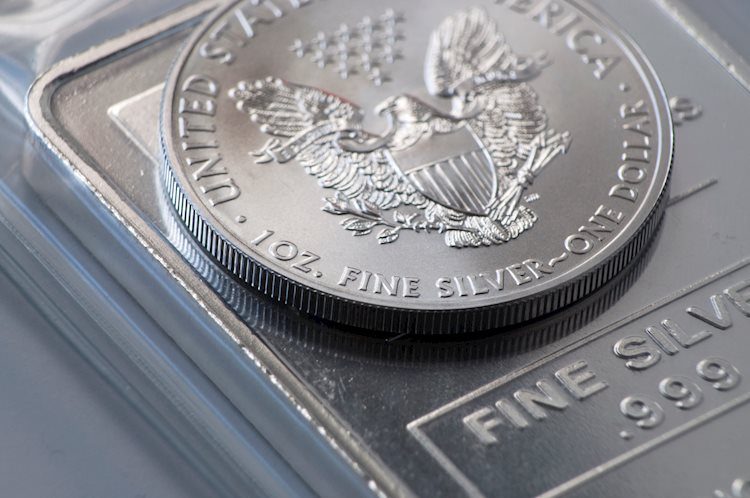Silver prices (XAG/USD) saw a decline on Thursday, trading at $31.54 per troy ounce, down by 0.93% from the previous day’s price of $31.84. Despite this drop, silver prices have actually increased by 32.55% since the beginning of the year. The Gold/Silver ratio, which indicates the number of ounces of silver needed to equal the value of one ounce of gold, stood at 83.84 on Thursday, slightly up from the previous day’s ratio of 83.52.
Silver is a precious metal highly sought after by investors for its use as a store of value and a medium of exchange. While it may not be as popular as gold, traders often turn to silver to diversify their investment portfolio, capitalize on its intrinsic value, or hedge against inflation. Investors can purchase physical silver in the form of coins or bars, or trade it through Exchange Traded Funds (ETFs) that track its price on international markets.
The price of silver can be influenced by a variety of factors, including geopolitical instability, fears of a deep recession, and changes in interest rates. As a yieldless asset, silver tends to rise when interest rates are low. Additionally, the price of silver is closely tied to the behavior of the US Dollar, as it is priced in dollars (XAG/USD). A strong dollar typically keeps silver prices in check, while a weaker dollar can drive prices higher. Other factors such as investment demand, mining supply, and recycling rates also play a role in determining silver prices.
Silver is widely used in various industries, such as electronics and solar energy, due to its high electric conductivity. Increases in demand from these sectors can drive prices up, while decreases in demand can lead to lower prices. Economic dynamics in countries like the US, China, and India also impact silver prices, as these nations use silver in industrial processes and consumer goods. Overall, silver prices tend to follow the movements of gold prices, as both metals are considered safe-haven assets. The Gold/Silver ratio can help investors determine the relative valuation between the two metals, with a high ratio potentially indicating that silver is undervalued compared to gold.
In conclusion, silver prices have experienced a slight decline on Thursday but have seen significant growth since the beginning of the year. As a precious metal highly traded among investors, silver is often used for diversification, as a store of value, or as a hedge against inflation. The price of silver can be influenced by various factors, including geopolitical events, interest rates, and the behavior of the US Dollar. With its wide range of industrial applications and close ties to global economic dynamics, silver prices are closely monitored by investors looking to capitalize on its potential for growth.











